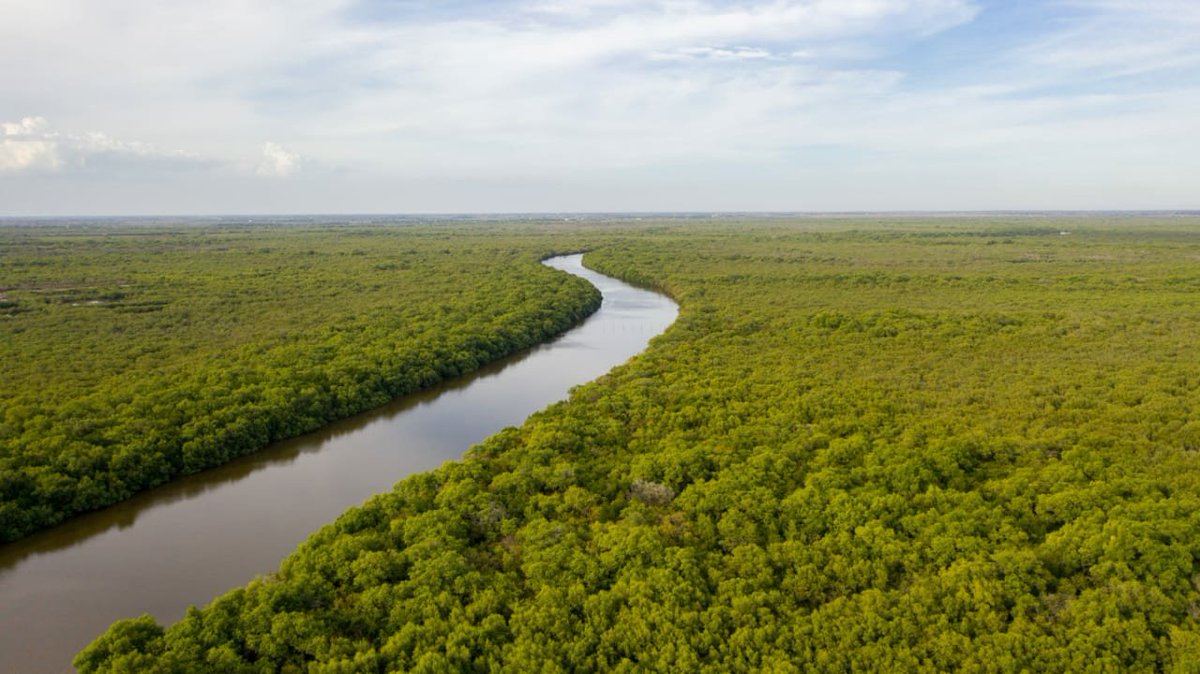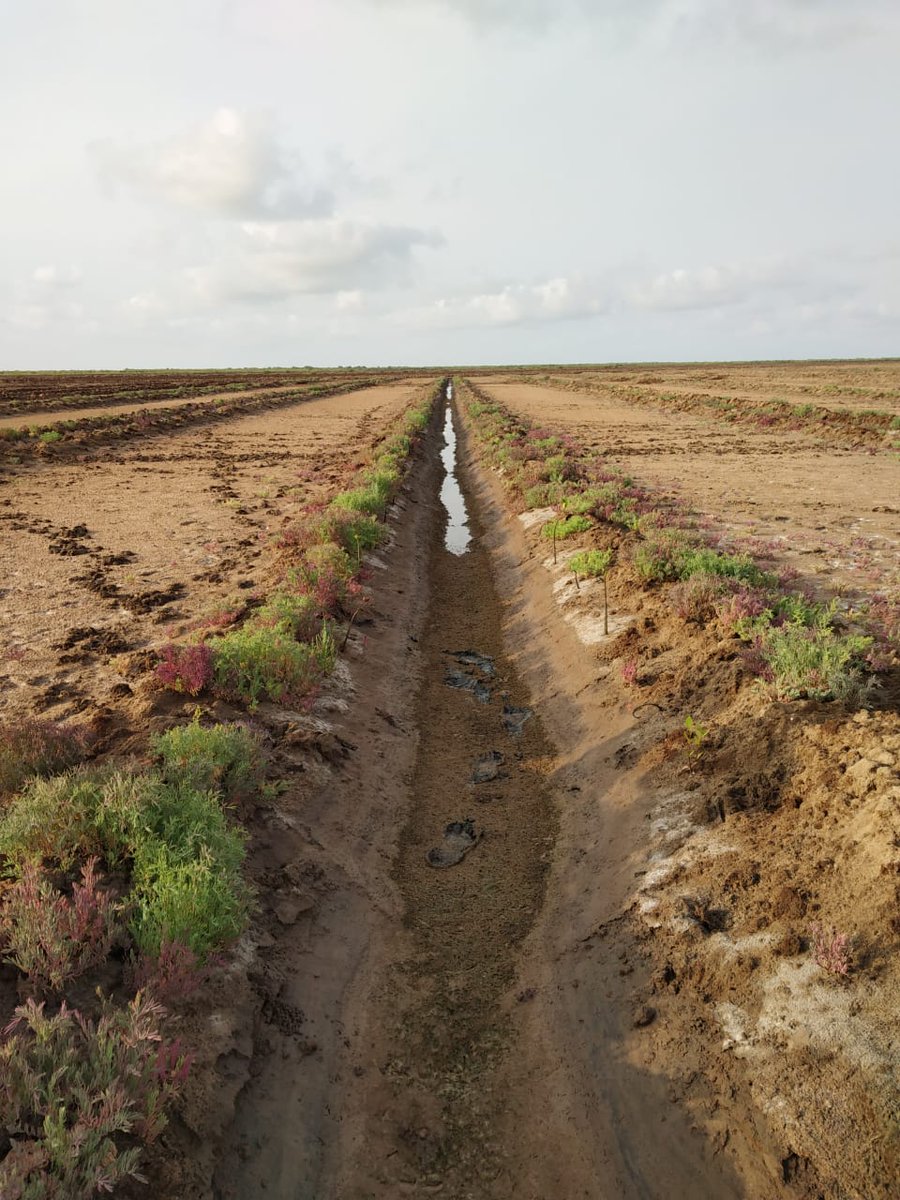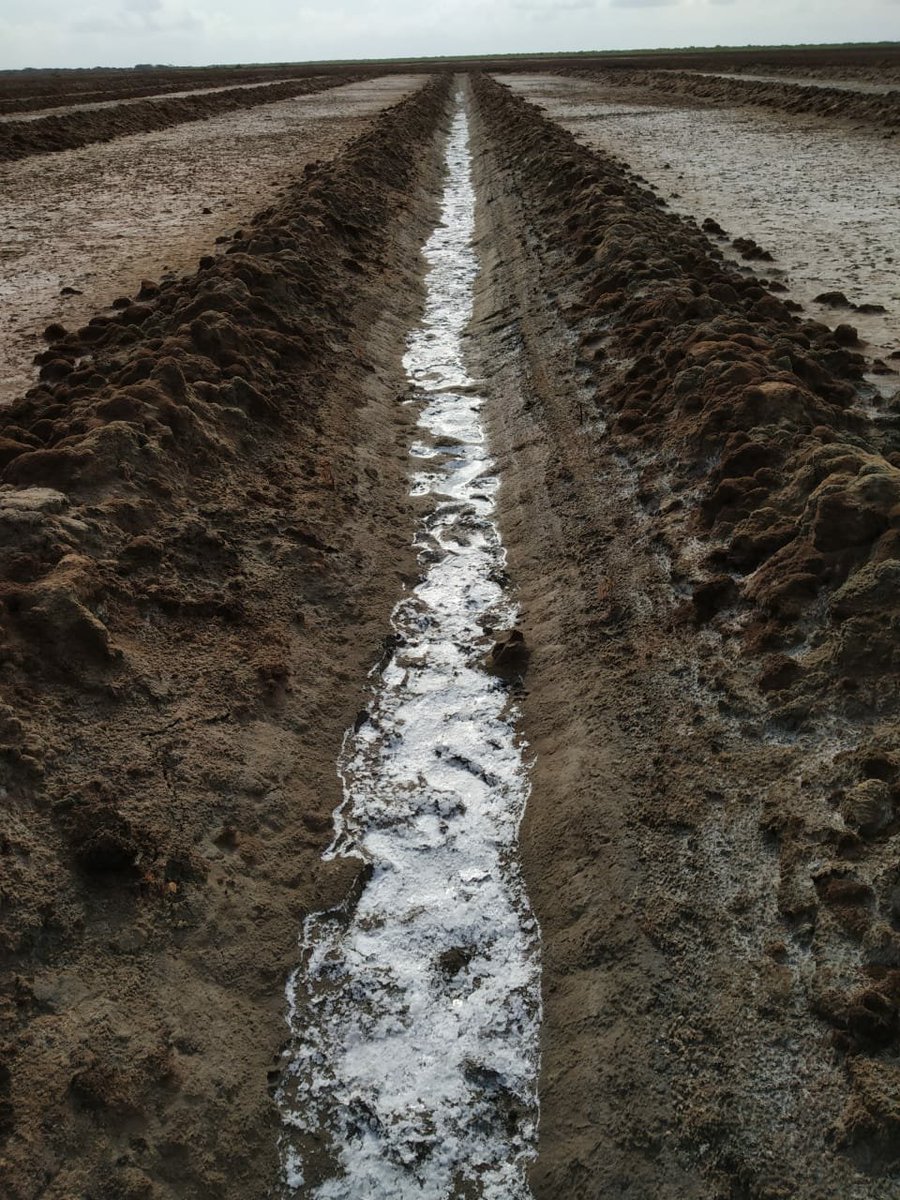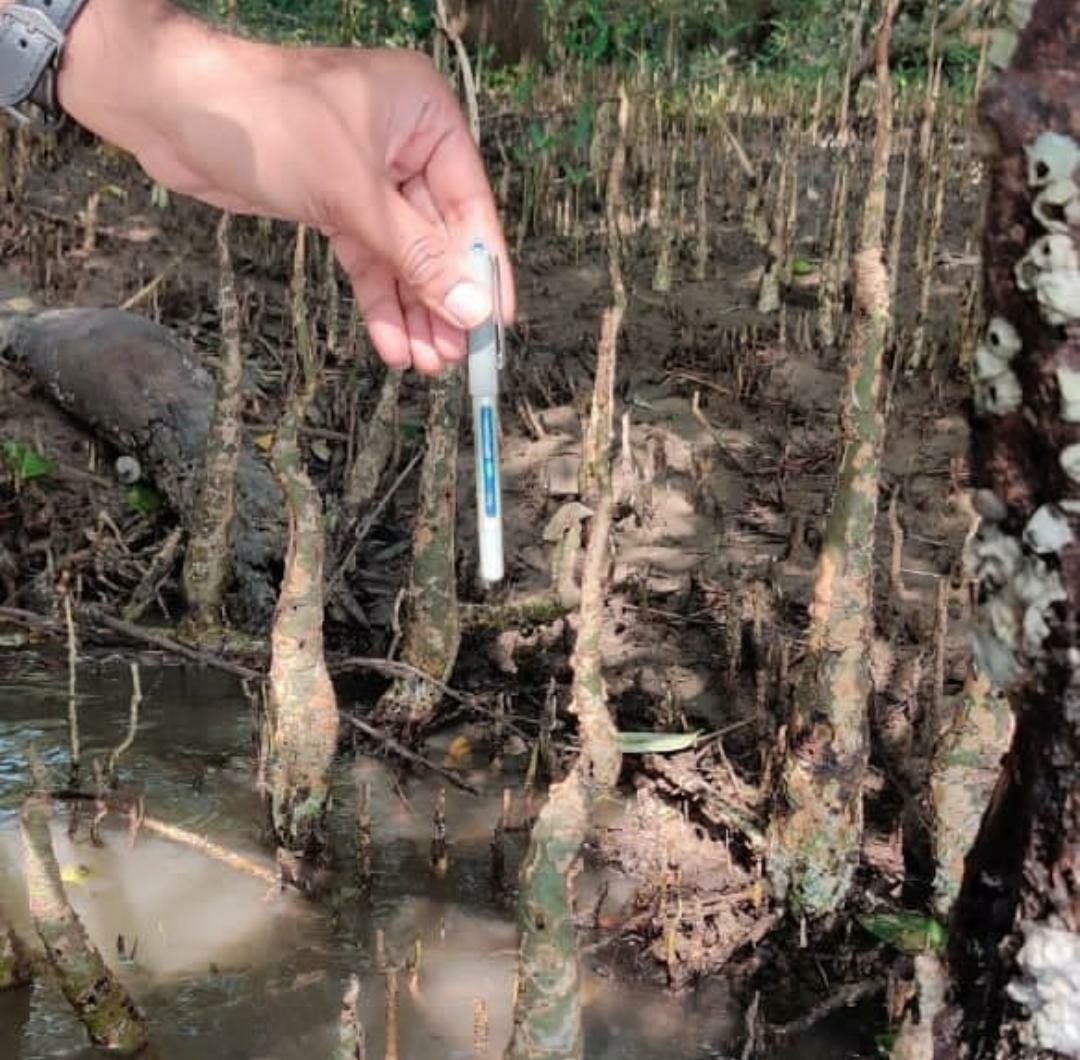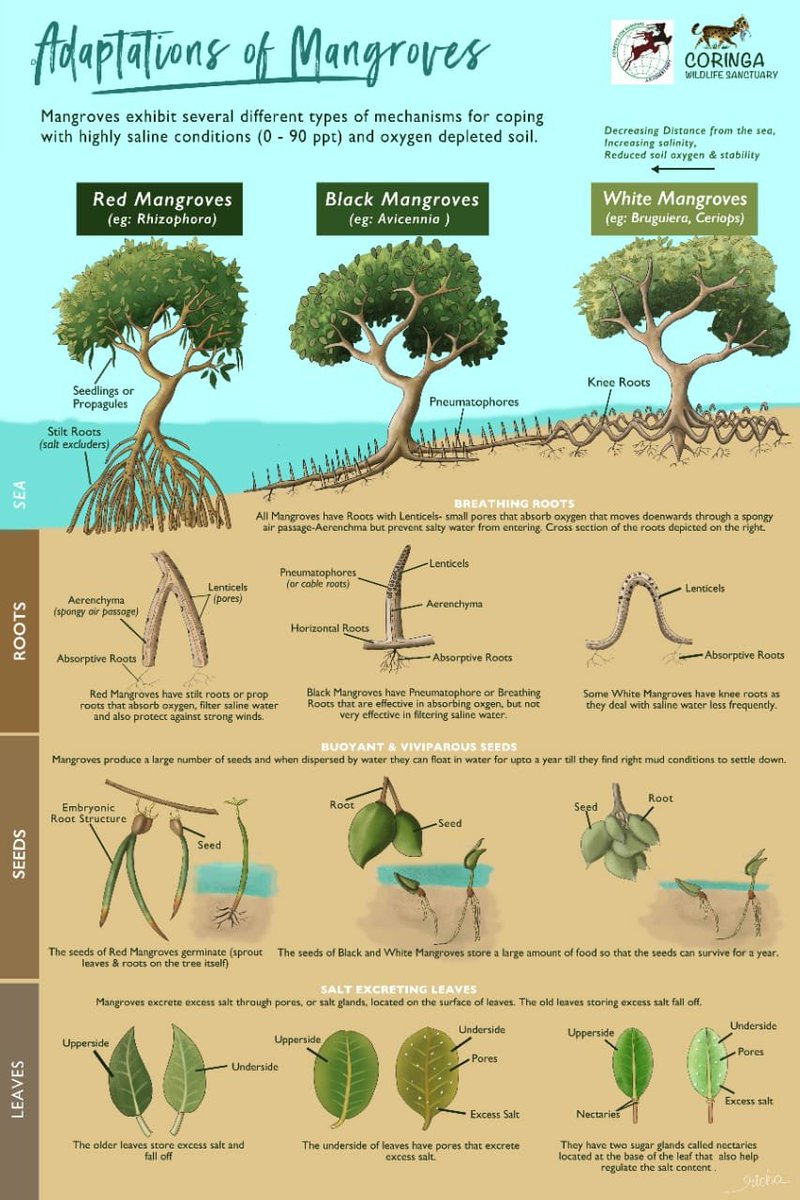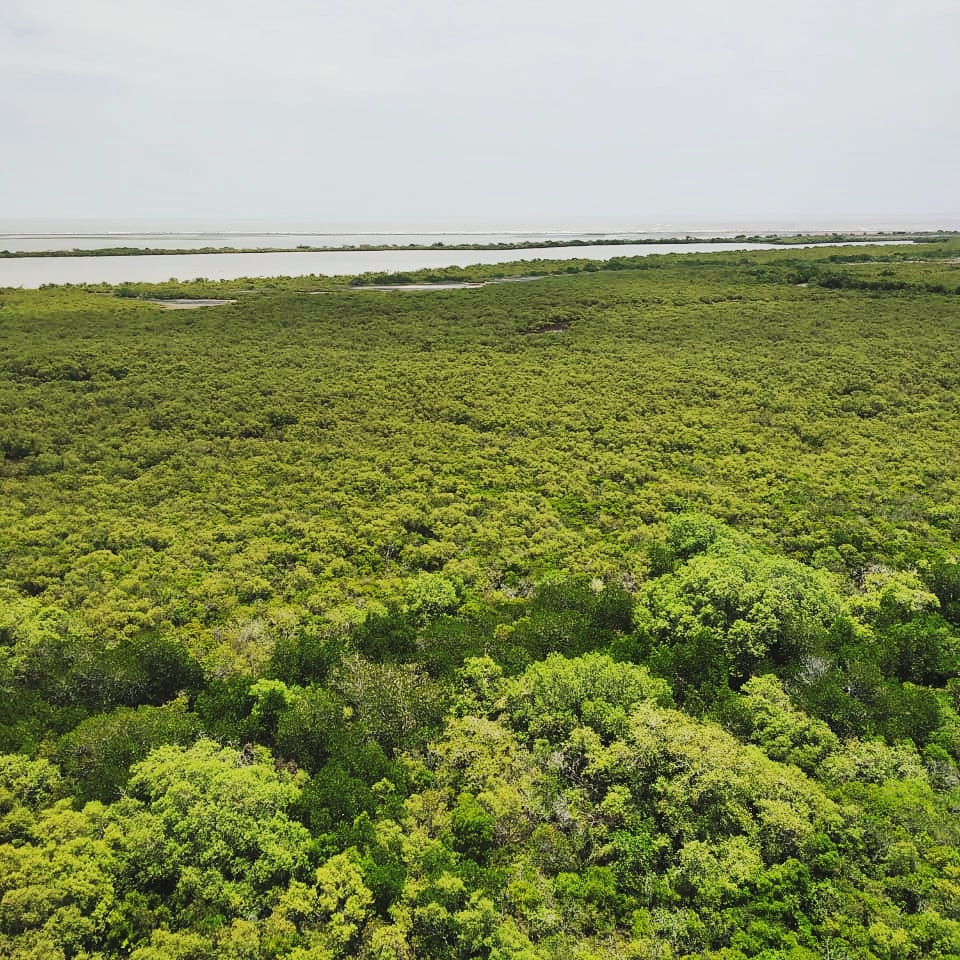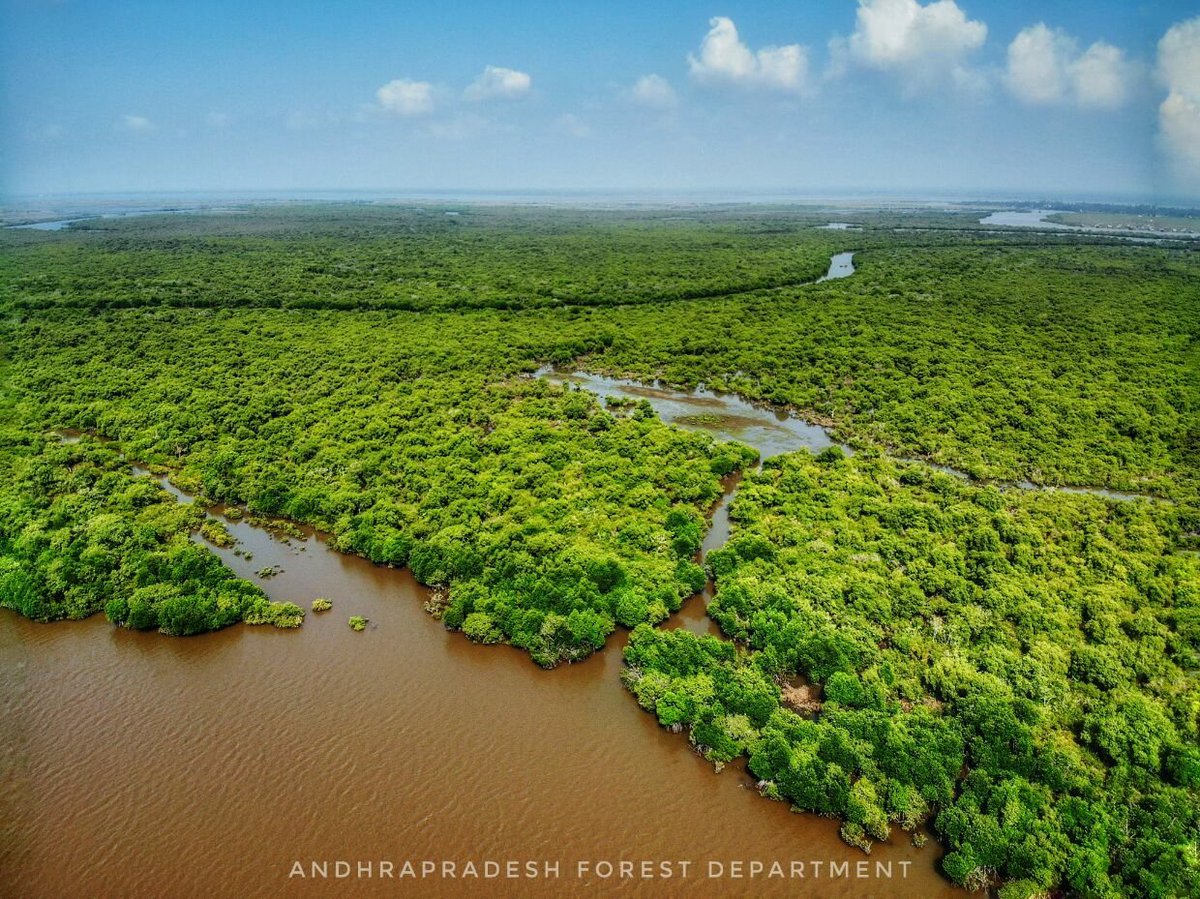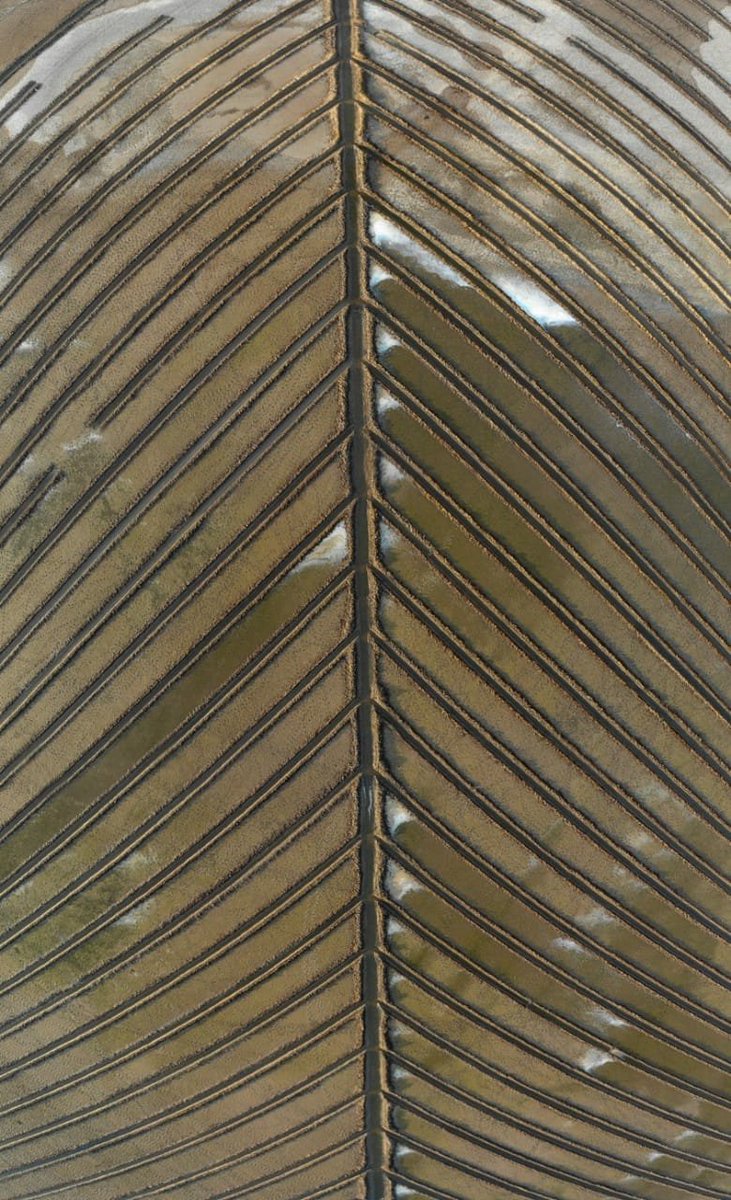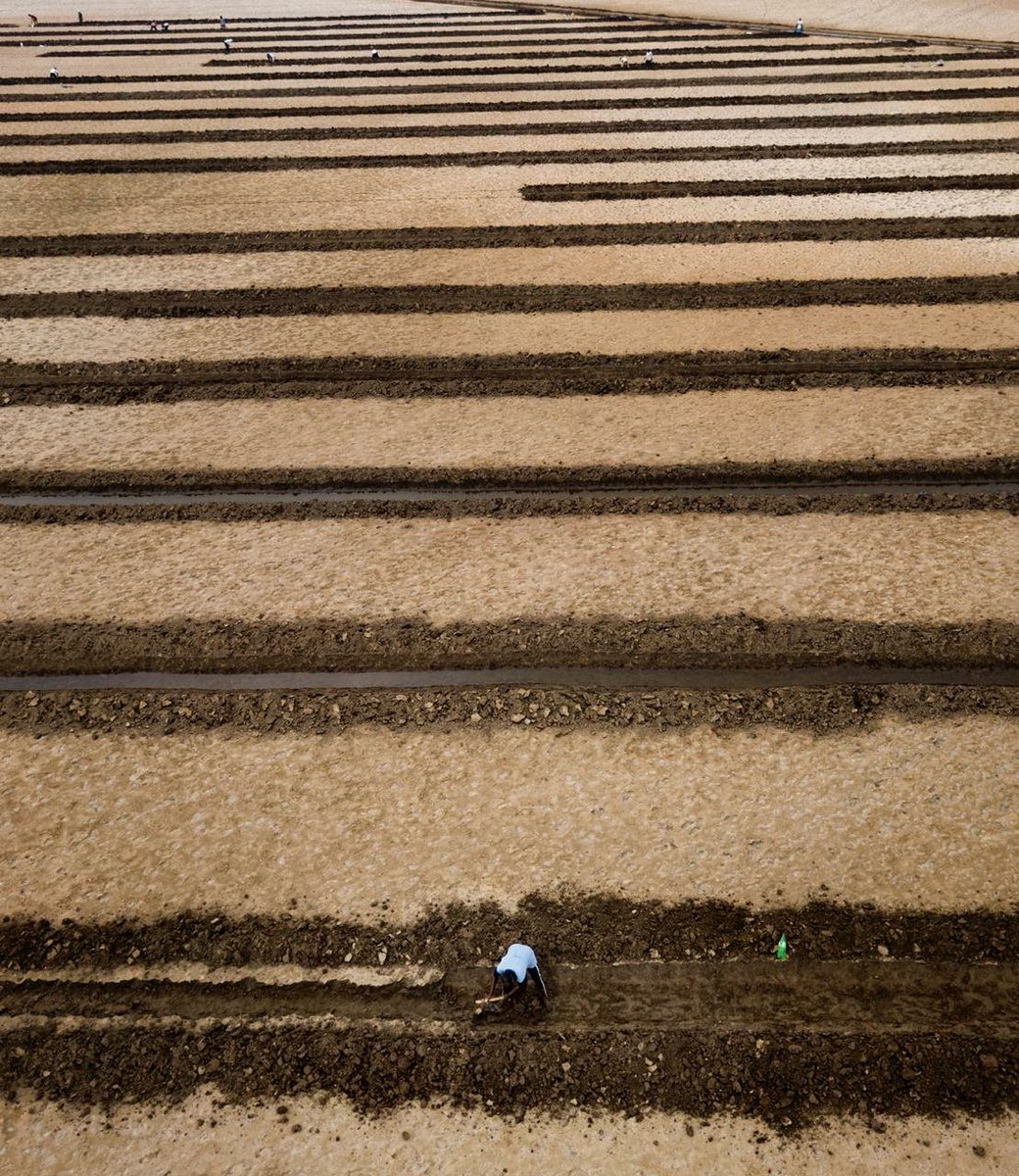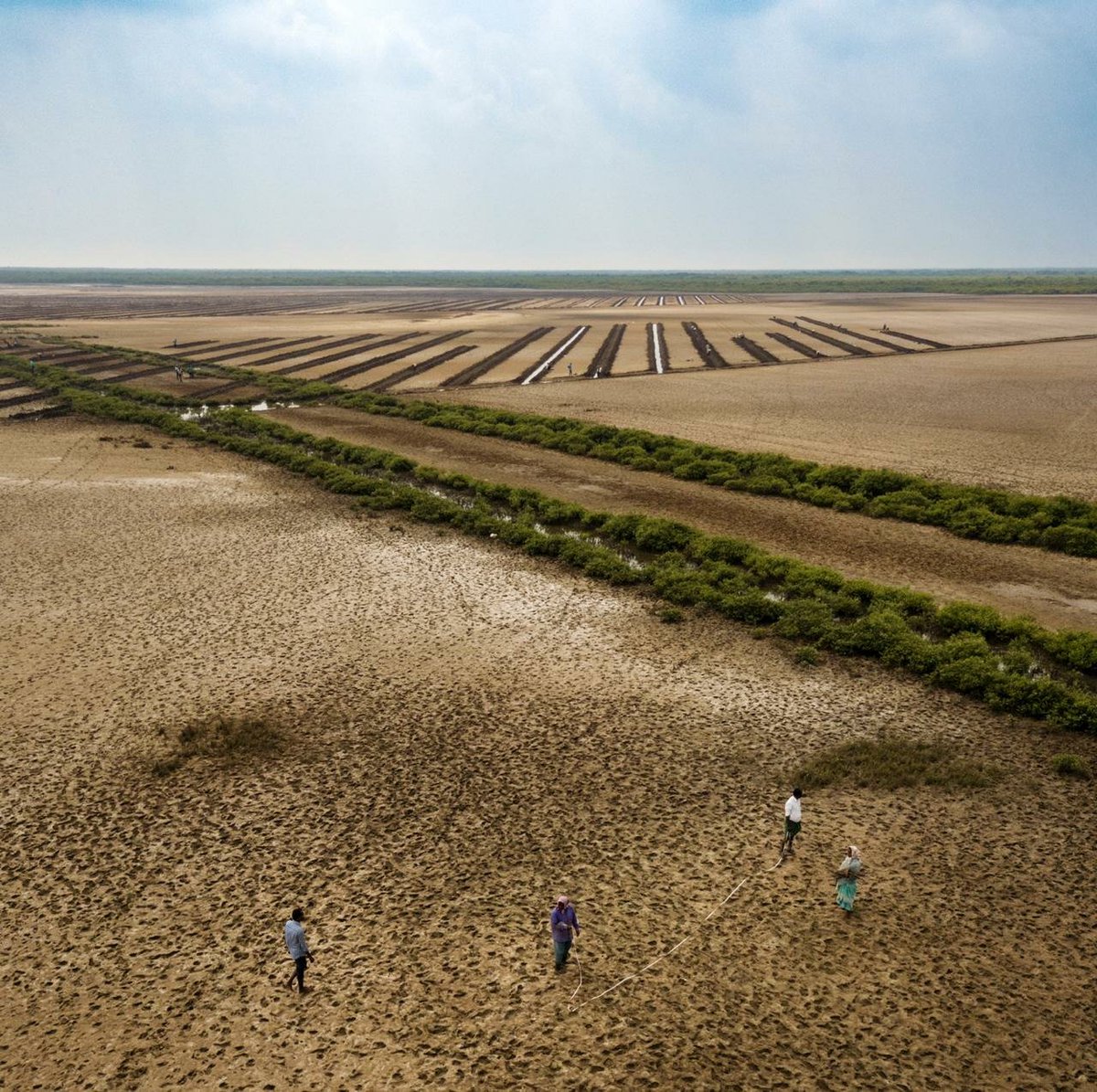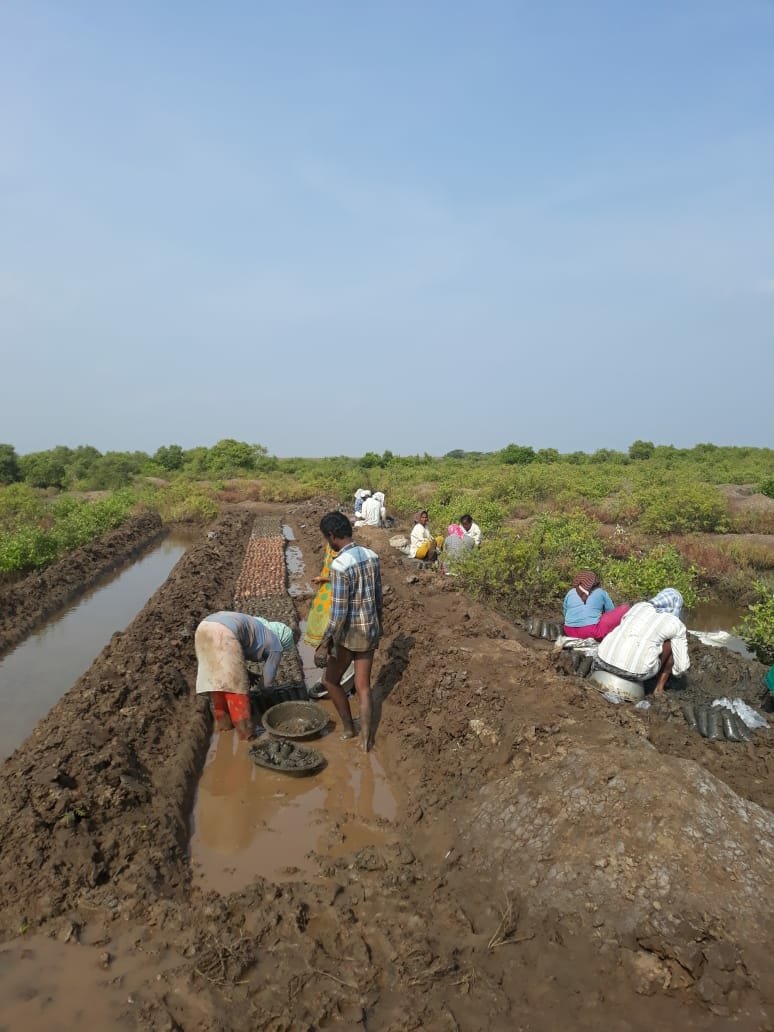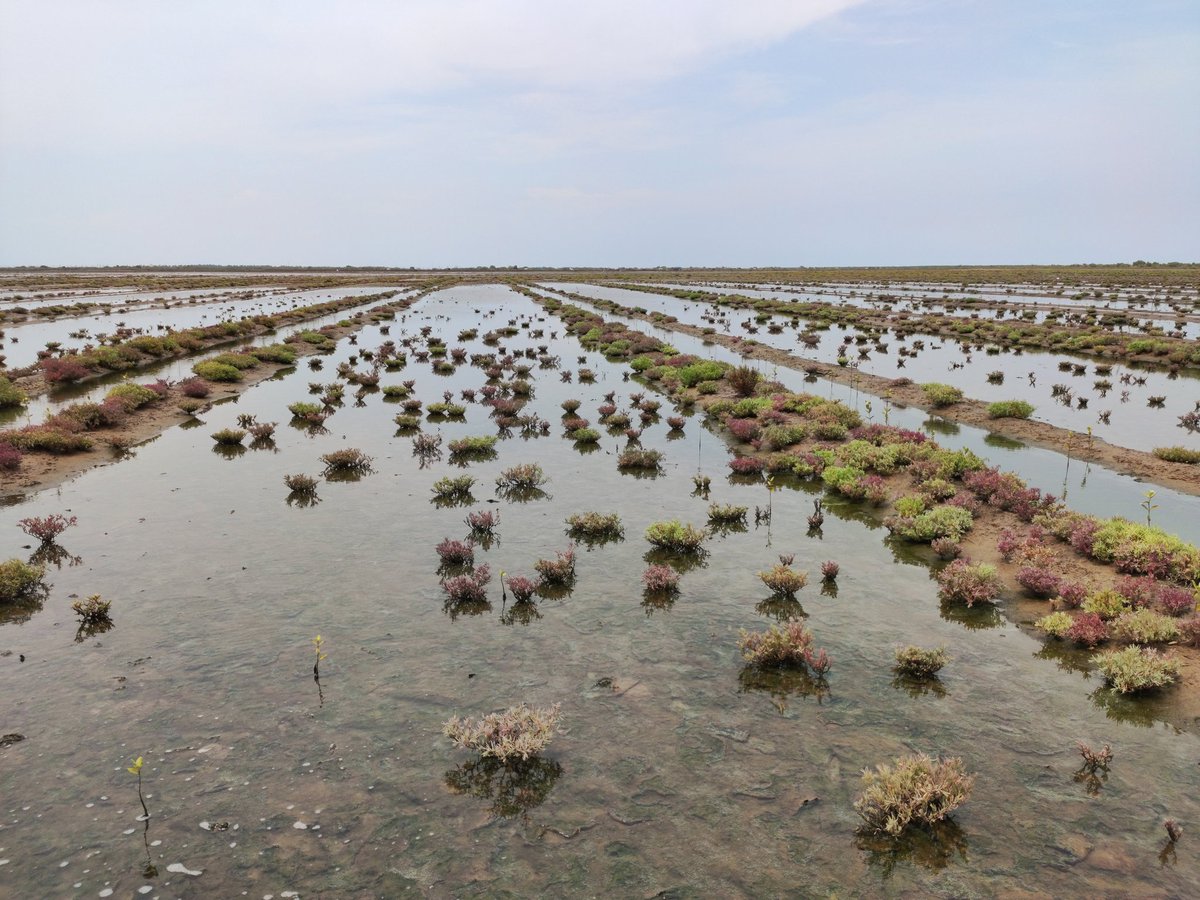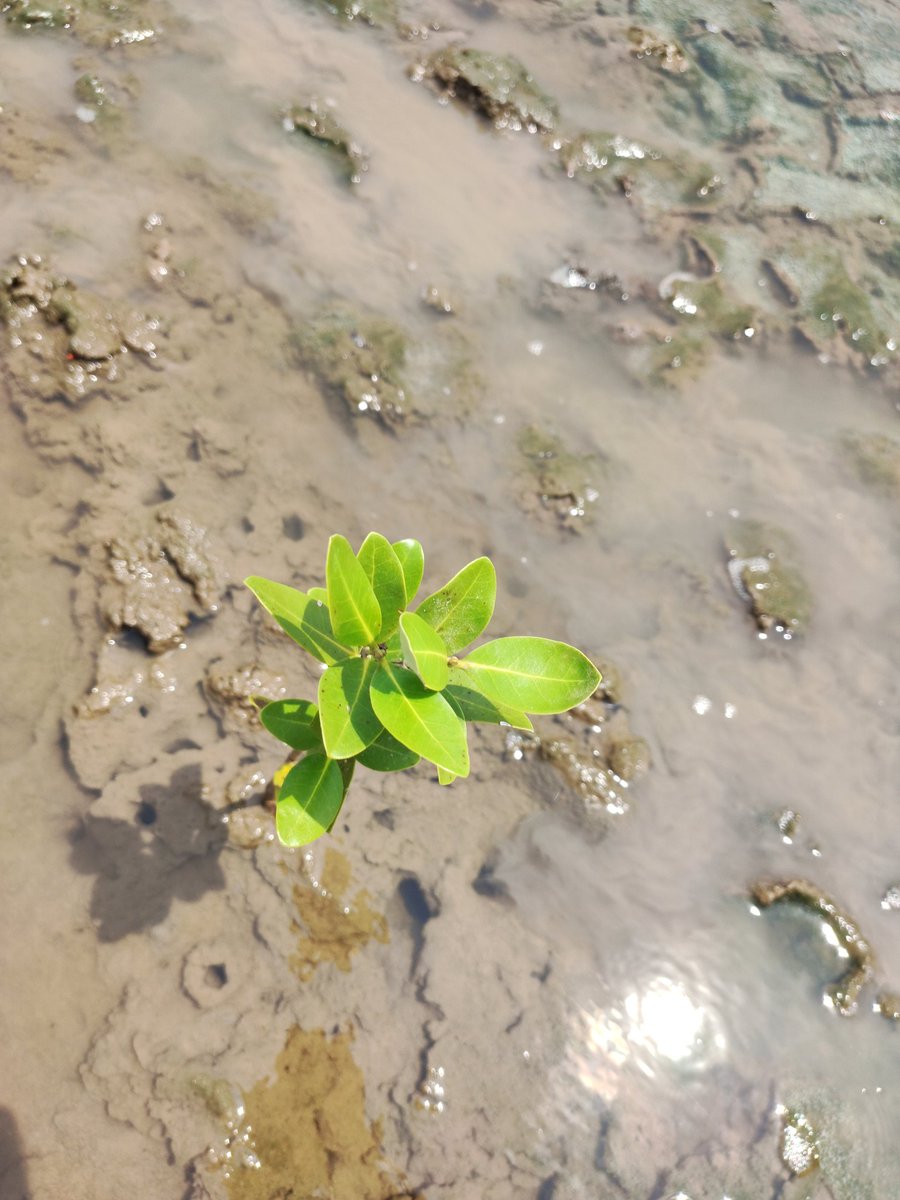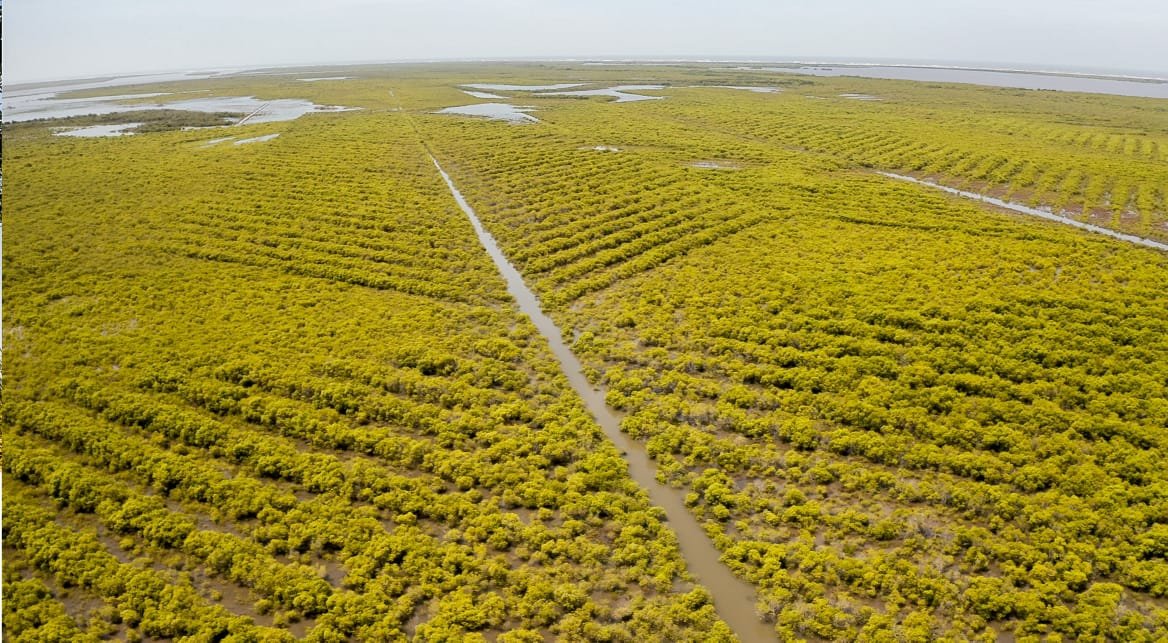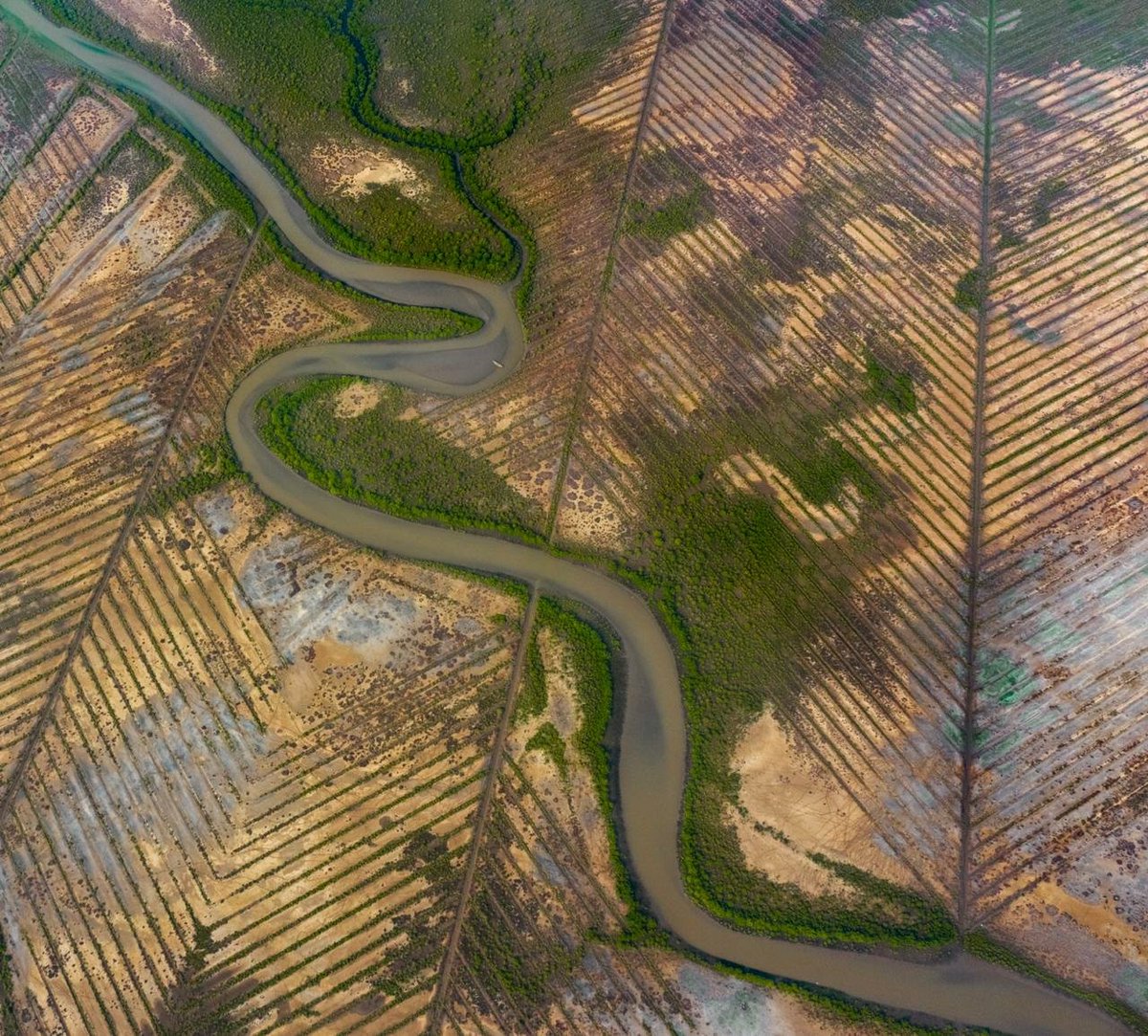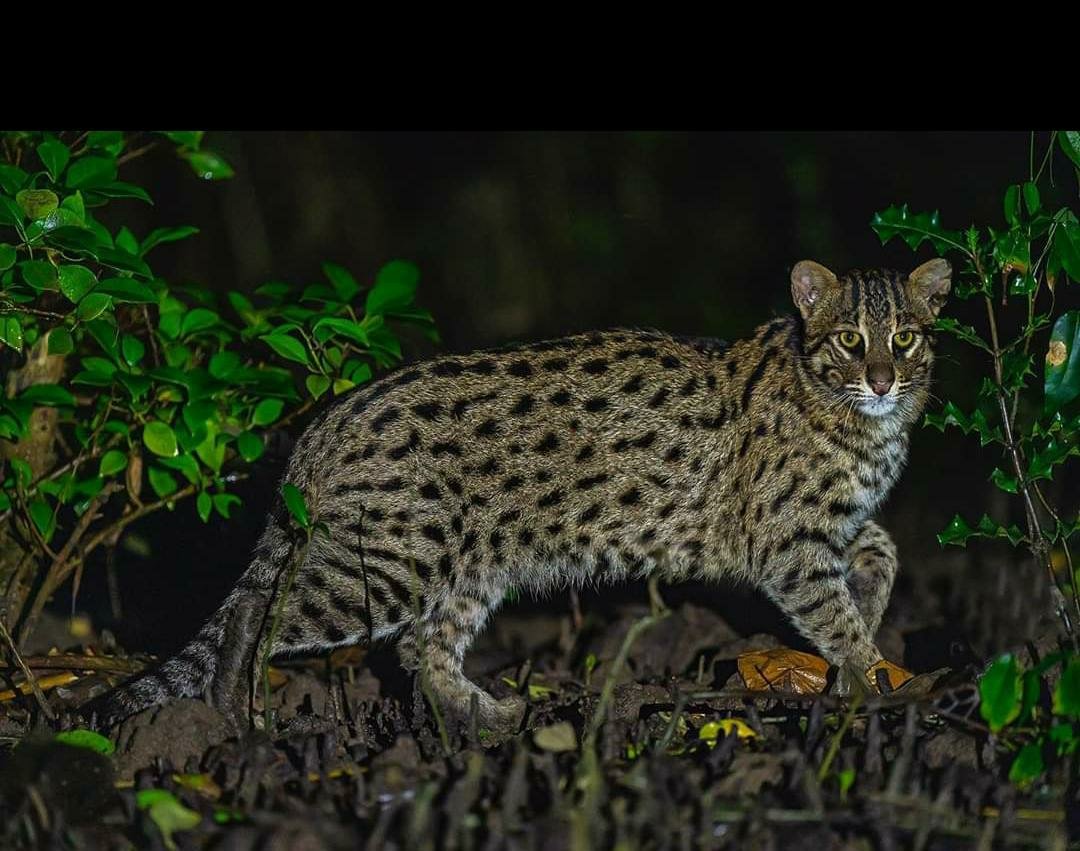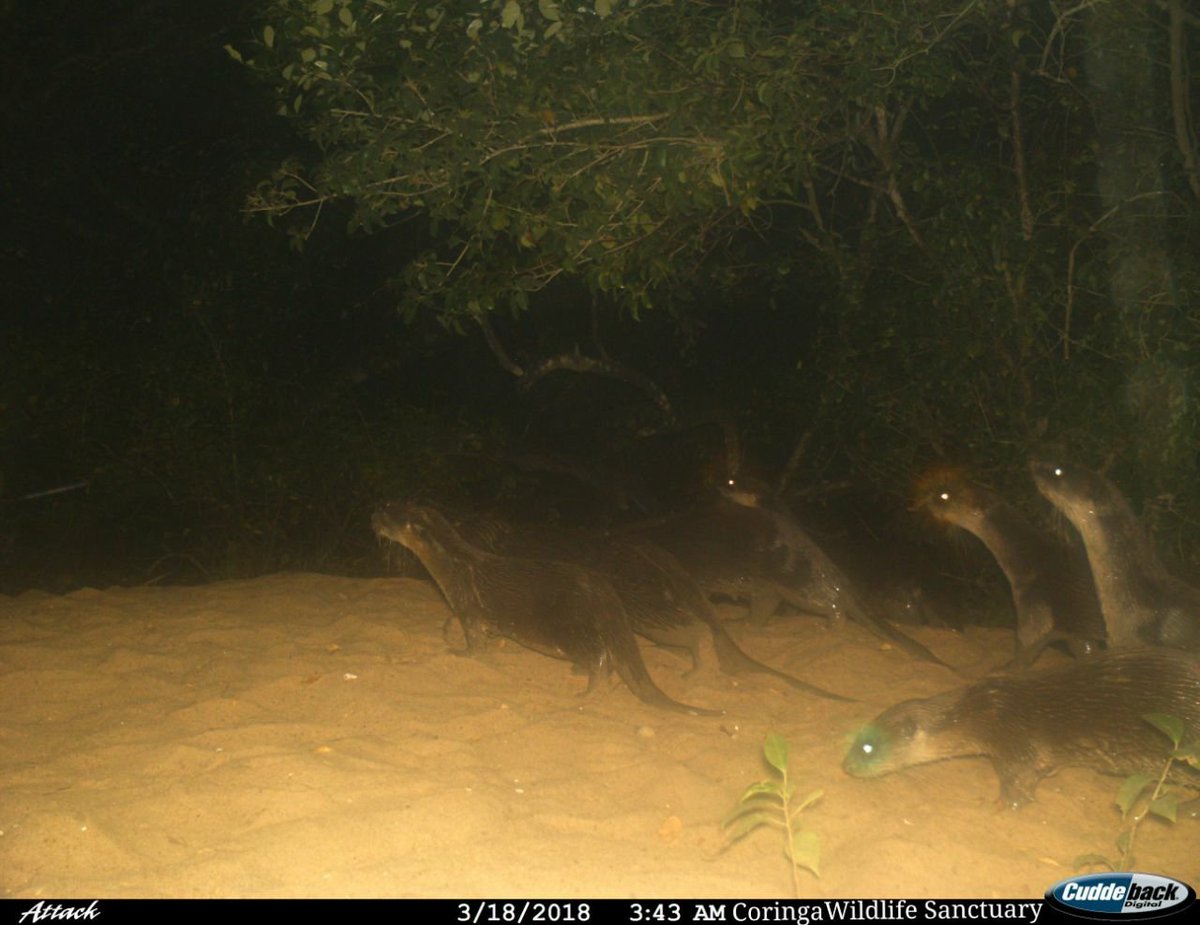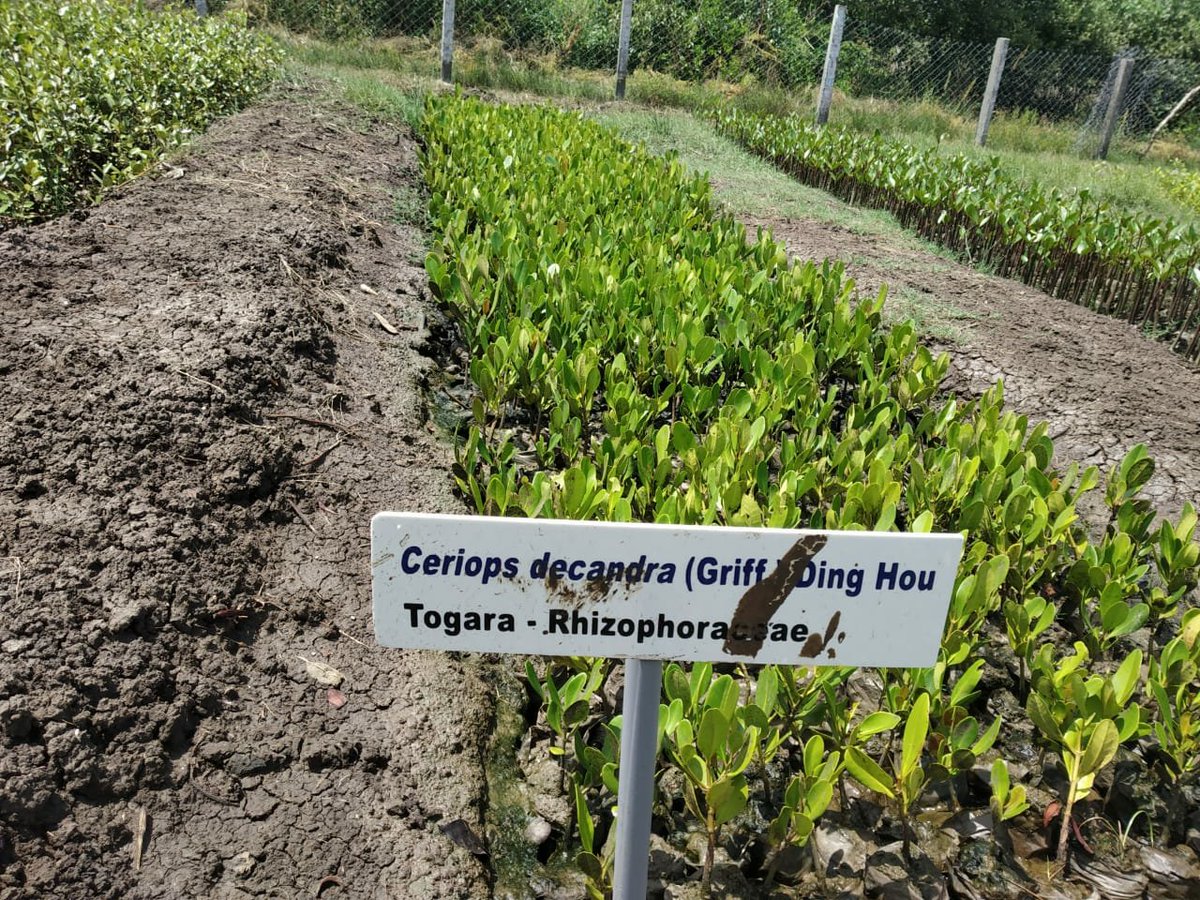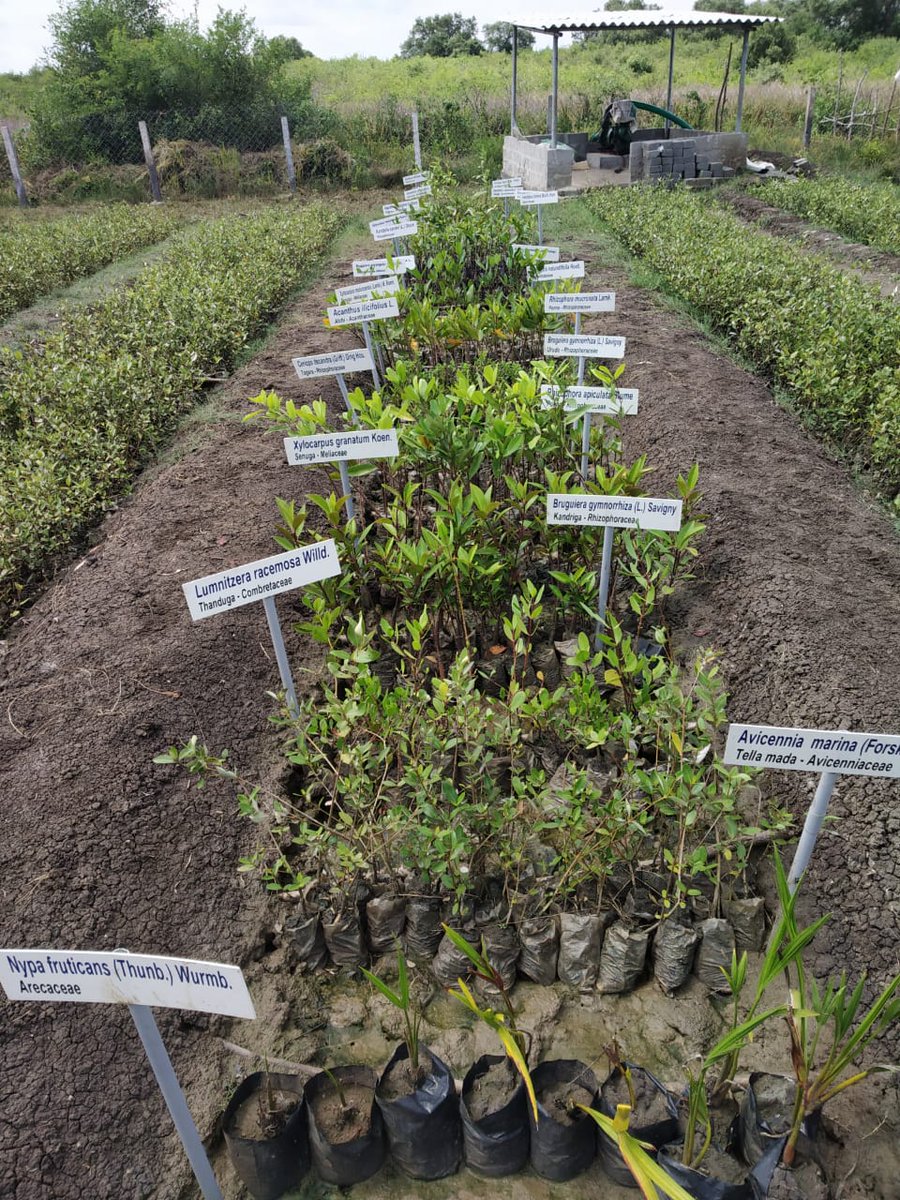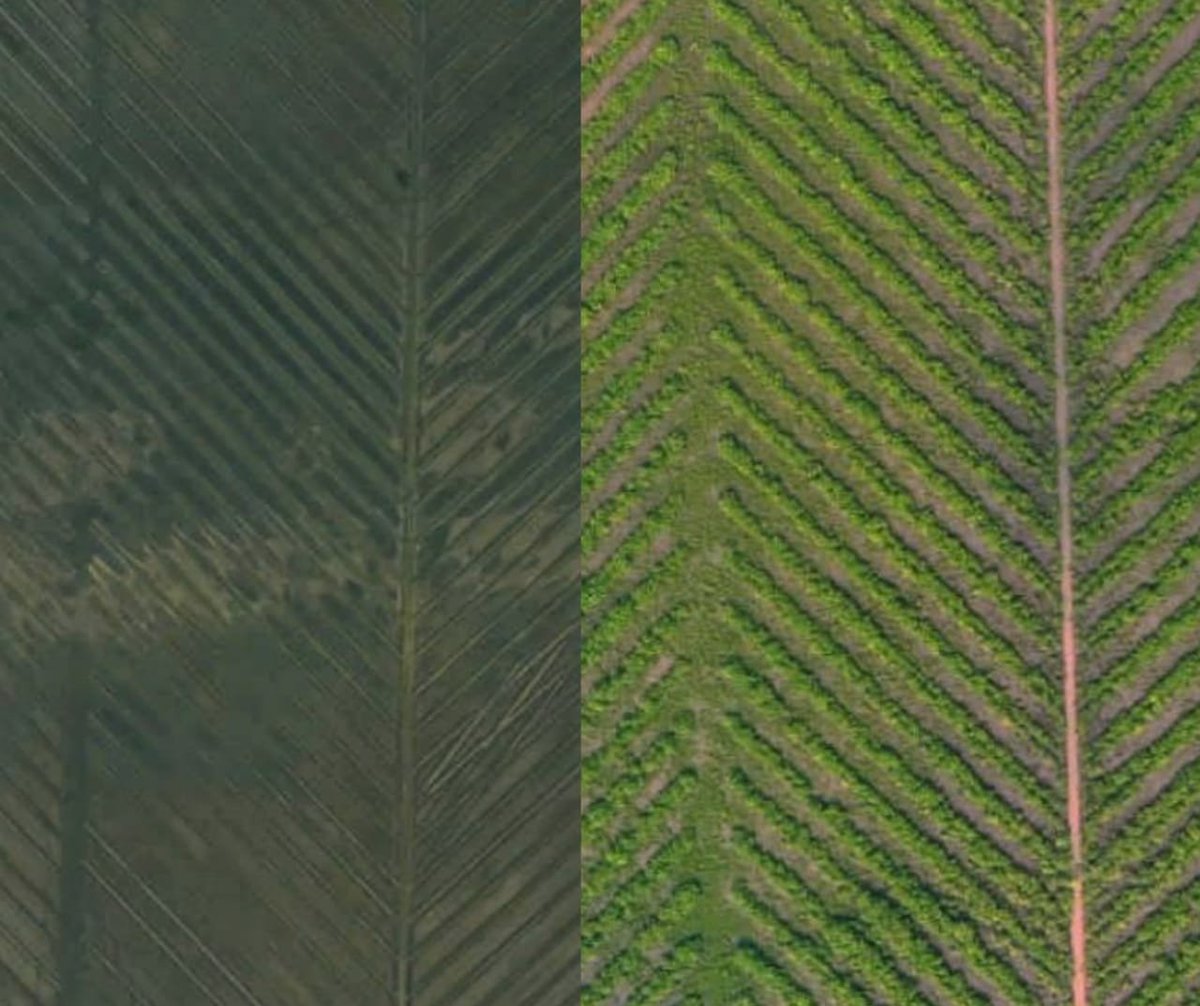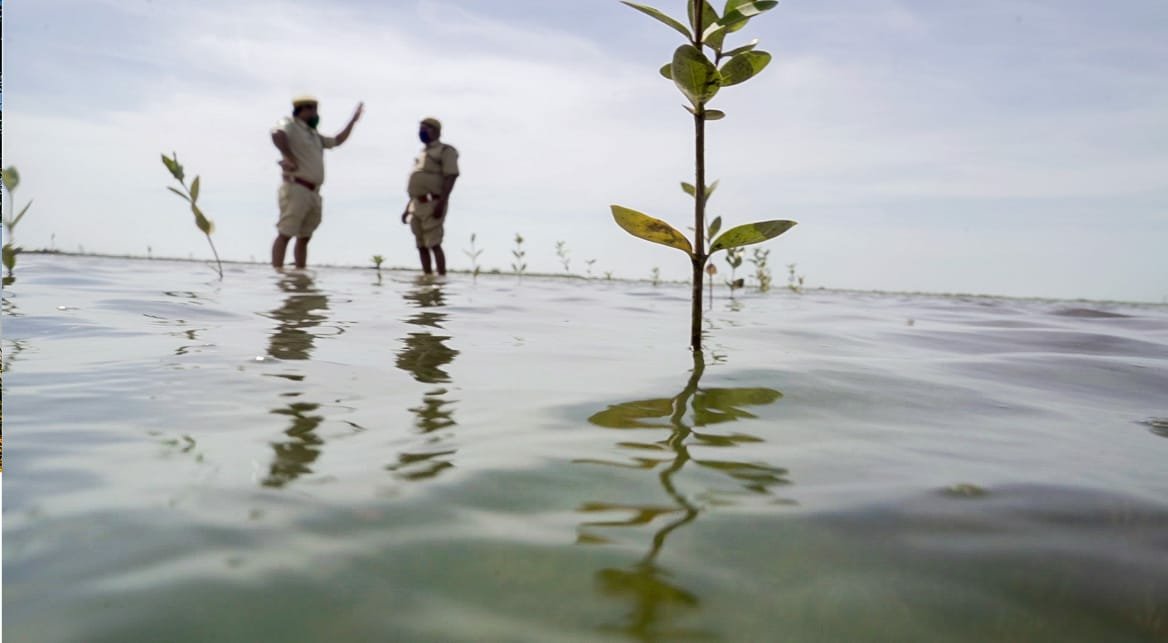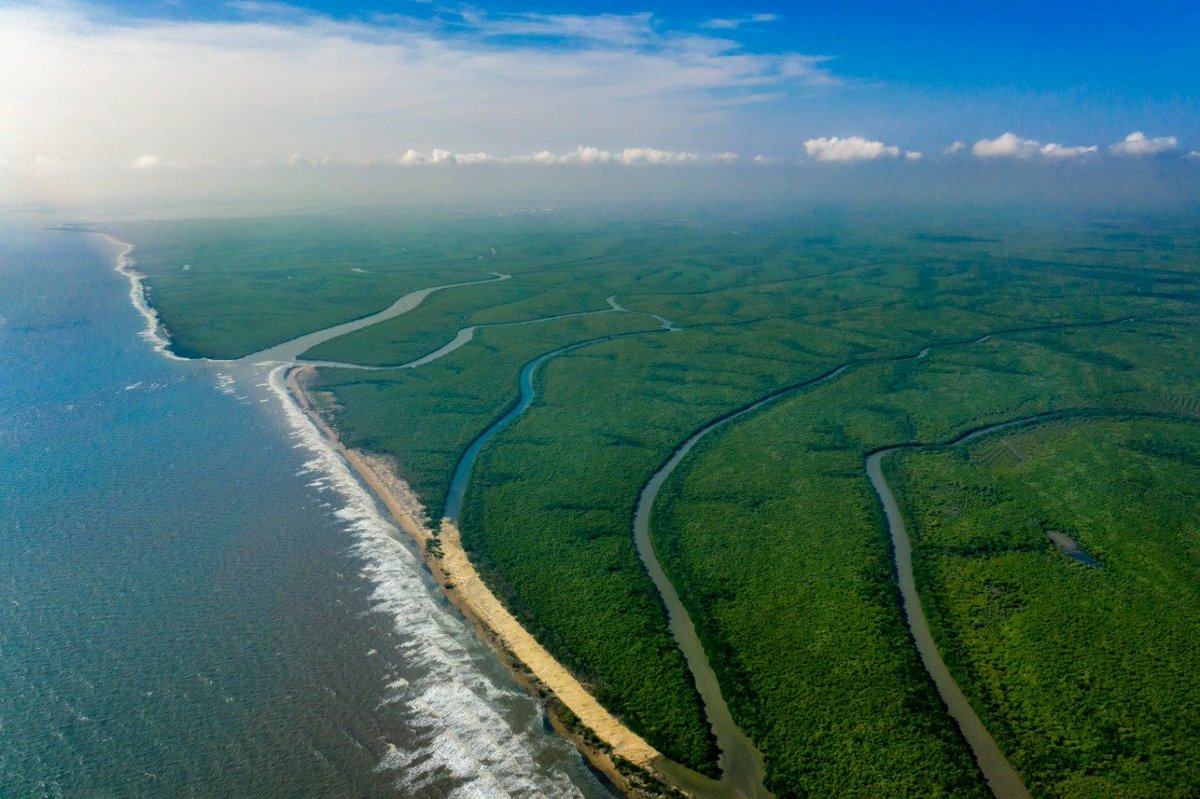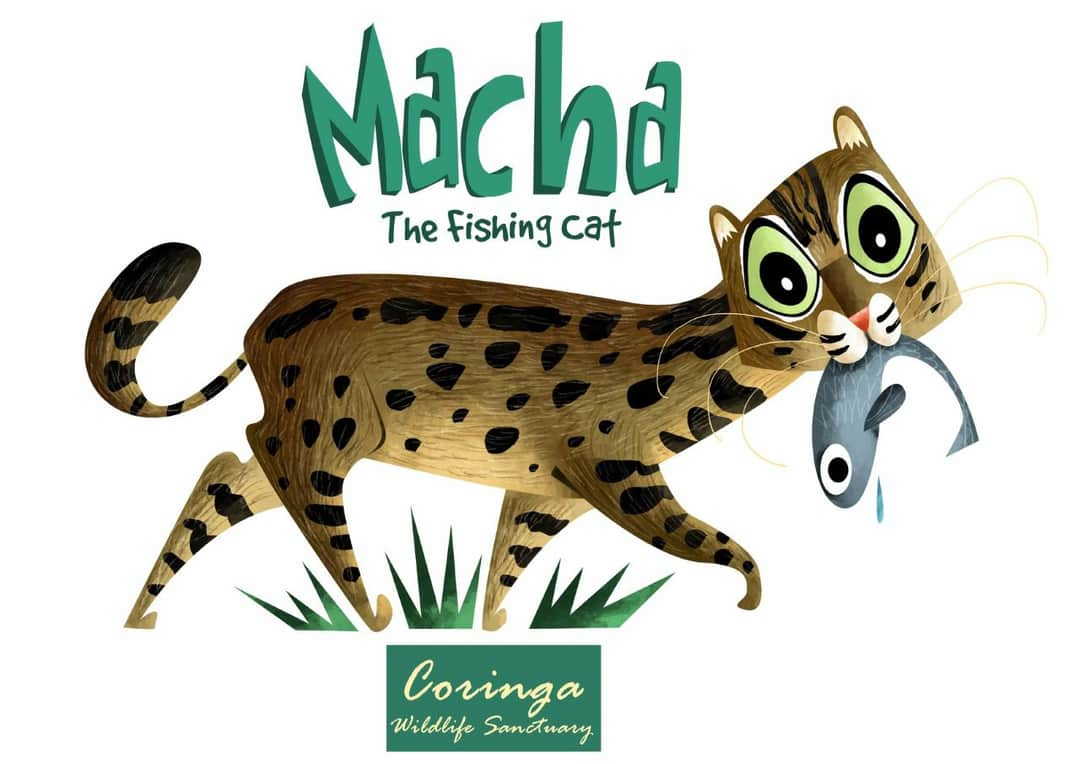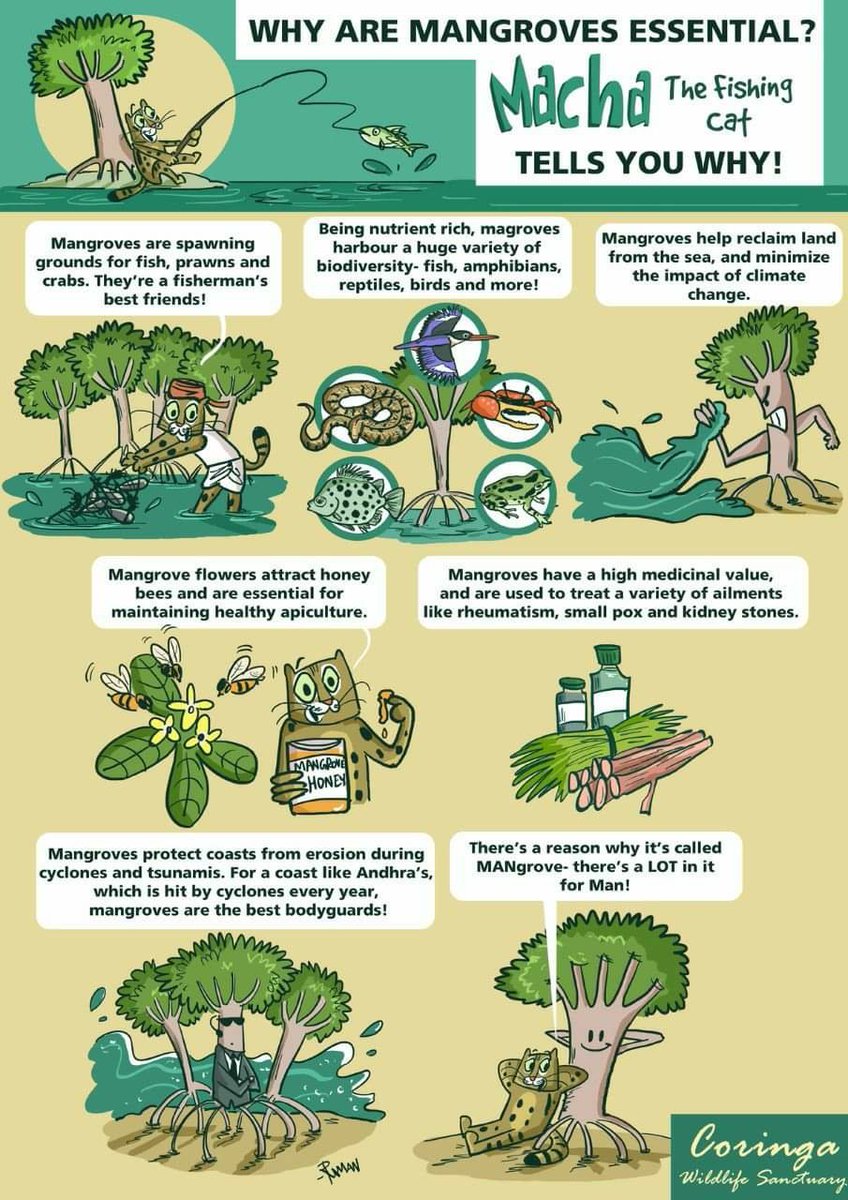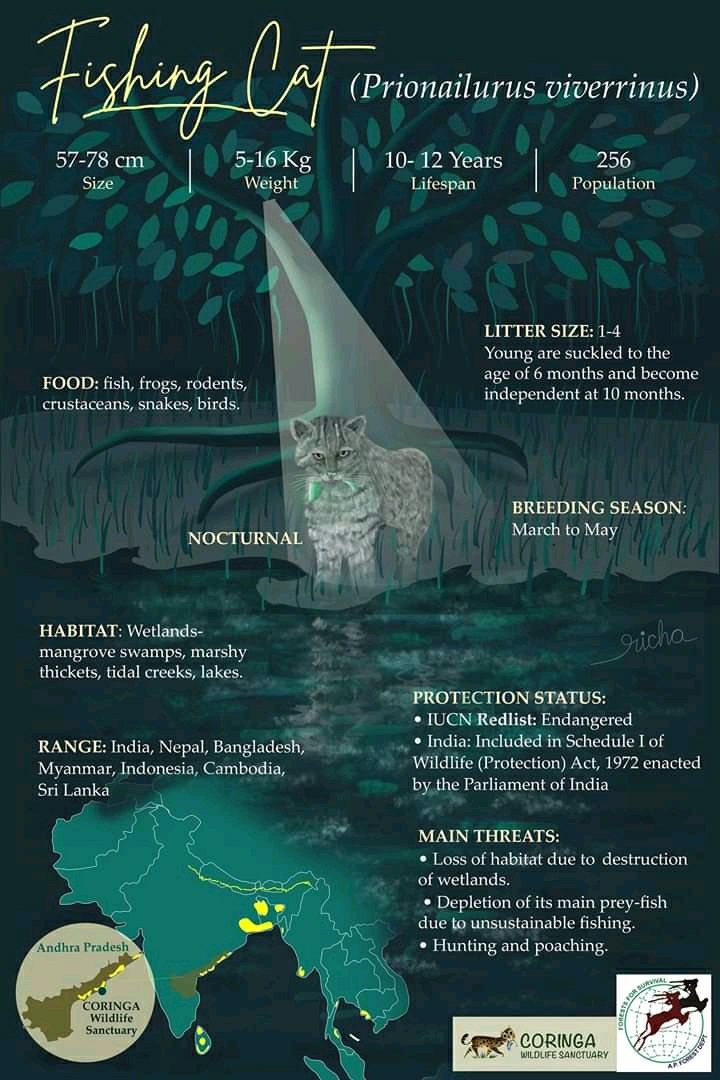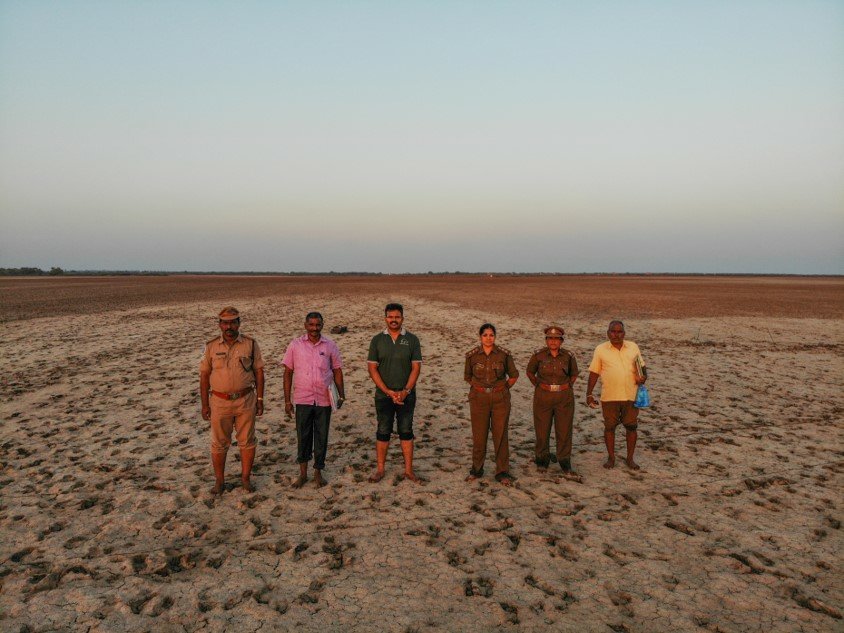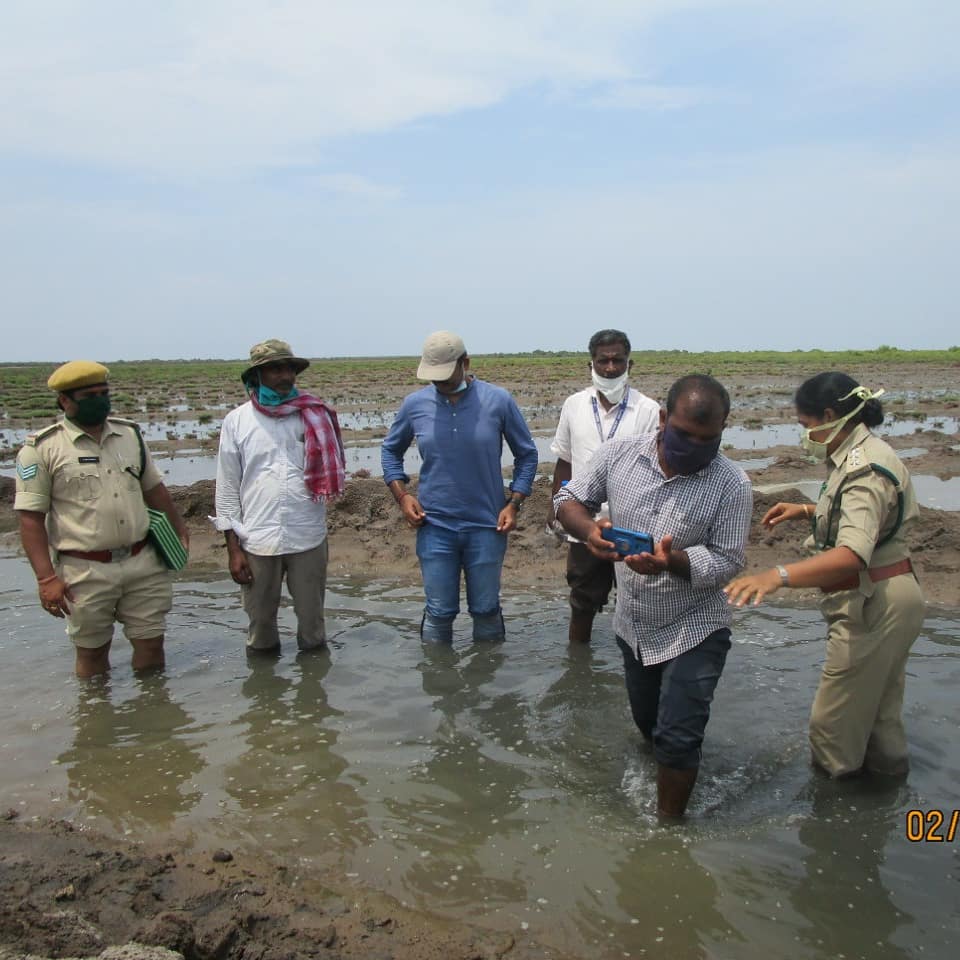On the occassion of the International Day for the Conservation of the Mangrove Ecosystem, I wish to bring the work done on the ground in restoring the mangroves.
Mangroves are basically the vegetation growing in the estuarine conditions where the river meets the sea.
Mangroves are basically the vegetation growing in the estuarine conditions where the river meets the sea.
Mangroves grow in most difficult conditions of high salinity, hypoxic soils as well as highly specific conditions marked by tidal fluctuations, soil characteristics like pH, EC etc, topography, water characteristics, influx of freshwater, presence of natural mangrove patches
Mangroves have specialised to such difficult conditions by developing adaptations like root projections defying gravity called pneumatophores, elongated root called stilt roots, growing of seedlings on the tree itself called viviparity, salt glands to secrete salt etc.
Mangroves have been subjected to heavy destruction and exploitation. Perhaps their importance was released with scientific advances and lot of focus has been put in conserving the mangroves. Fortunately, the tide is turning and mangroves have seen an increase in area in India.
Restoring mangrove ecosystem through a special technique called fishbone method has been taken on large scale which involves making channels in the form of fish bone and allowing mangrove seedlings coming alongwith tidal waters to establish. It is highly technical & successful.
The restoration is time intensive process & is completely manual. All work is done by the forest dept though involvement of local fisher community which provides large scale employment. Involves seed collection, raising nursery, digging channels, maintenance operations.
Vast sterile lands are modified into dense green forests with rich biodiversity. Pioneer species like Suaeda come first followed by arrival of crabs which dig the soil and change its character. Mangroves follow them. The entire dynamics change over time. Fish comes next!
These man made plantations soon turn into rich biodiversity hotspots and are abode for variety of fishes, otters, snakes, molluscs, fishing cats, jackals and several others. These mangrove forests created by the forest dept are nothing less than a man-made wonder!
Fishing cats are the apex predator in these wetlands. They are highly elusive and nocturnal. Not much is know ln about them. Needs more studies to ensure their conservation. Fishing cats have been estimated in Godavari mangroves of Andhra. They number around 115.
In order to protect the genetic diversity of mangroves, the Mangrove Genetic Resources Conservation Centre has been established at Coringa WLS. It boasts of 30 mangrove species brought from from different parts of country.
The difference we create! The lands once devoid of vegetation and every other thing become a rich thriving ecosystem subsequently. This humongous work is being carried out by the Andhra Pradesh Forest Dept with the involvement of local community.
The unsung heroes of forest dept who make such efforts and ensure success despite several constraints. This is a work done for the nation and humanity. Needs to be appreciated and highlighted.
The activities of the Andhra Pradesh Forest Department aim towards the restoration of mangrove ecosystem. It& #39;s not limited to plantation only but involves landscape approach with the involvement of all stakeholders and ensuring awareness generation too.
I have been fortunate enough to put my efforts towards mangrove ecosystem restoration. The support from field staff and the locals has been crucial in attempting such works.

 Read on Twitter
Read on Twitter